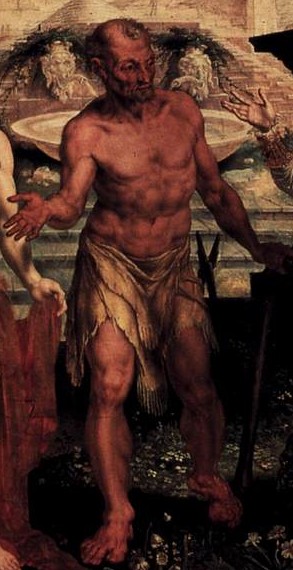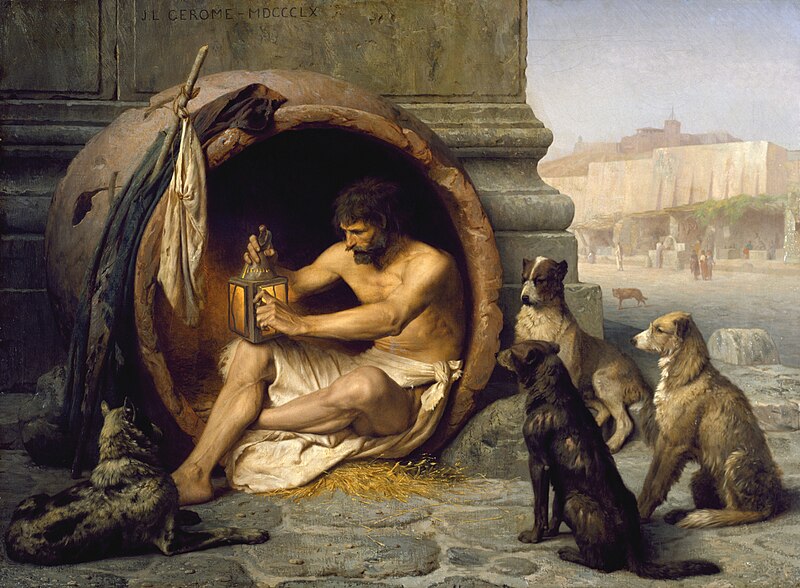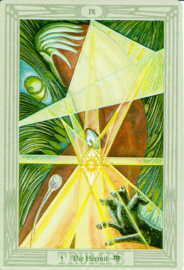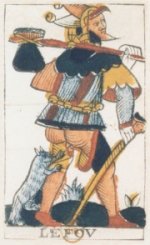The plot of the story is so absurdly intricate as to preclude a full summary here, but in broadest terms: Momus flees from heaven on the eve of his trial for treason for criticizing the creations of various gods, and especially Jupiter's shortsightedness in creating mortals with such grandeur that they engendered the envy of the gods, necessitating as an afterthought his afflicting them with all manner of hardships. In exile on earth, Momus undermines mortals' appreciation of the gods, but then, for his encouraging women to make votive offerings to enhance their beauty, he is recalled to heaven, where he is determined to survive now by simulation in the divine court. Eventually the humans' offerings and demands become so nettlesome, as Momus intended, that Jupiter decides that he needs to re-create the world, with all the courtier gods giving advice on his ambitious scheme. Momus offers up a notebook of precepts from philosophers, a rare authentic act to help, which Jupiter ignores, preferring to make his own journey down to earth. Eventually Jupiter decides that he does not need to re-fashion the world because he realizes that mortals cherish the gods after all, and that Momus has libeled them. Momus, who earlier had been castrated by Juno and other goddesses for his contemptuous attitude toward women--a reflection of Alberti's own misogyny in evidence throughout the story--is now chained to a rock in the sea. Jupiter, after losing control of the divine sphere and scrapping his plans to re-construct the mortal one, eventually reads the notebook of philosophical advice for princes that Momus assembled for him.
The story in broadest terms depicts the hard-won education of Jupiter as a bumbling prince who foolishly honored Momus when he was most dissembling and ignored him when he was most earnest. But the targets of Alberti's satire extend well beyond the foibles of princes, popes, and courtiers. The various visitations to earth by those from above (Momus and Jupiter) as well as those from below (Charon) offer many opportunities to criticize various worldly pursuits and archetypes: professions including the military life, kingship, and commerce are dismissed in ironic preference to the life of the beggar after Lucian's*The Parasite; philosophers are lampooned for theorizing about nature, moral duty, and happiness but having no appreciation for the natural world, meager capacity for charity, and little hope for happiness (owing to their poverty); the clergy or theologians are presumably indicted in Alberti's depiction of those who "would use the fear of the gods to fortify and render impregnable their arms, their camps and their empires" (p. 155); and, finally, humanity in general is implicated in one story that explains how mortals' masks are at last removed upon their arrival at Acheron. As the editors suggest, this last theme, that of hypocrisy, reinforced by the frequency in the text of the words "simulation" and "dissimulation," is a major one in the work and perhaps appropriately so in an epic featuring the god of candor (pp. xxi-xxii). At times, however, it appears that Alberti might himself be using the mask of classical mythology to offer up his own pessimistic challenge to a divine scheme that has gods (God) visit hardships upon mortals as a perverse afterthought. At an even more personal level, a cynical intellectual who makes similar theological complaints in book 2 also charges that "the gods hate ingenious and active people" ("sollertes agentesque oderint," pp. 166-167).*















